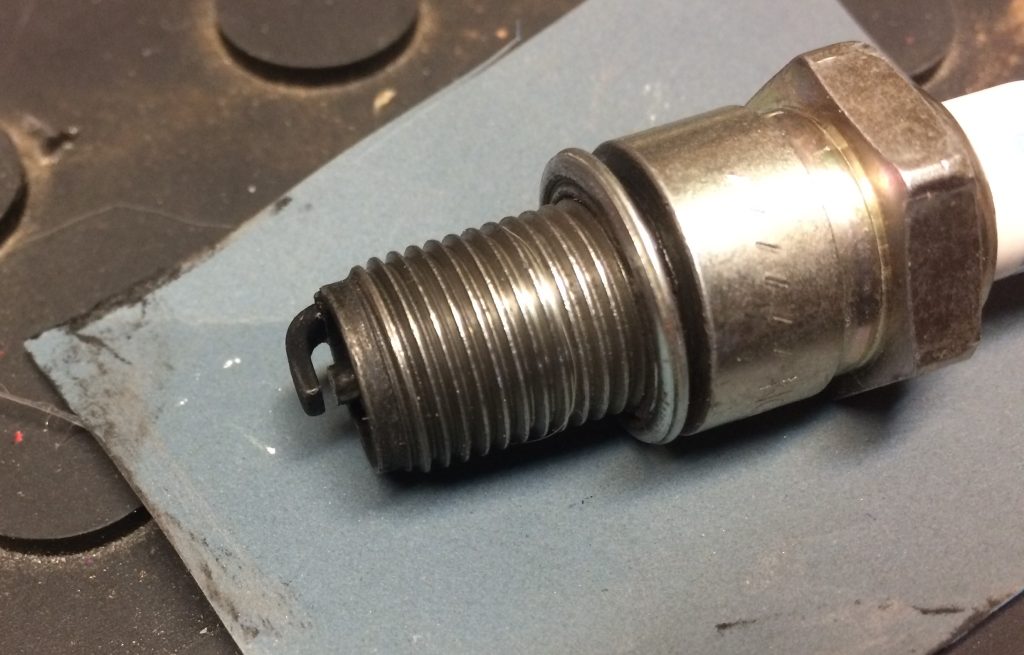Got questions?
We’ve got the answers—the Summit Racing tech department tackles your automotive-related conundrums. This week, we’re reading spark plugs.
Q: I’m having a problem with my 1980 Ford 1/2-ton pickup. I put in fresh spark plugs and after 250 miles, I removed one and it was covered with black, fluffy deposits. I re-installed the plug and at 500 miles the engine began to cut out. So, I rechecked the plugs and this time they were all completely black. What is causing this and how can I fix it?
J.B.

A: Let’s do some detective work—to start, install brand new spark plugs. Make sure the gap is exactly where it should be and not too wide. Next, check that you have 12 volts or more making it to the coil when the engine is running. Fully open the carburetor choke, check the float levels, and make sure the intake is sealed properly.
Then, drive the pickup for a few days and remove the plugs. If you find oil on the plugs, the valve stem seals or intake gasket is leaking and should be replaced. If black deposits are showing up again, then the carburetor is jetted too rich or valve adjustment is off. All of these factors will eventually turn your plugs black and cause your engine to cut out.
Be sure to check out our earlier post on How to Read Your Spark Plugs.

Whatsapp about aire filter,,anda P.C.V.????
piece of carbon problem if i was to bet carbon builds up here n there and comes loose sometimes in lill piece happens to line up just right as piston comes up and hits electrode.be my guess what happened here.it is the correct plug and sealing washer was on it right ?
More detective work needed. If it’s valve seals it’ll smoke excessively when first cold started up. Does it have right heat range plugs? Dodges had areal problem with this as some 360s ran R12YC and some ran R9YC. Parts books at Walmart did not show this so you either had broken insolators or fouled plugs. If ignition is working properly then look at carb. Does it foul all plugs? If it’s fouling part of them it’ll be 2 inside plugs on one bank and 2 outside on other. One side carb not working properly. Is it having EGR problems? Fords of that vintage were prone to that problem